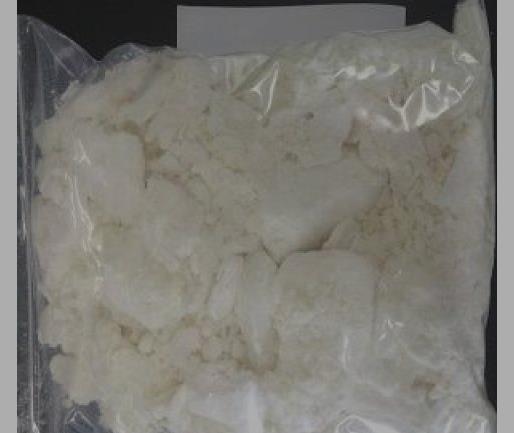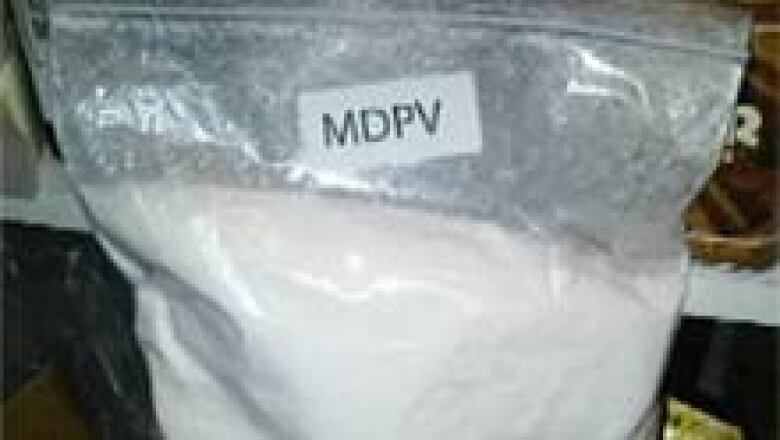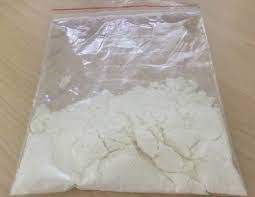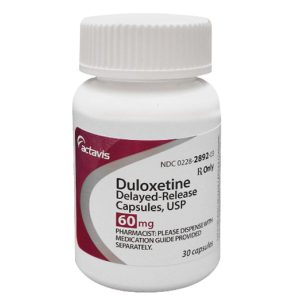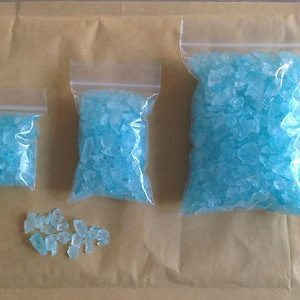Its activity at the dopamine transporter is six times stronger than at the norepinephrine transporter and it is virtually inactive at the serotonin transporter. its remained an obscure stimulant until around 2004 when it was reportedly sold as a designer drug. Until banned in 2011, products containing Methylenedioxypyrovalerone and labeled as bath salts were sold as recreational drugs in gas stations and convenience stores in the United States, similar to the marketing for Spice and K2 as incense.
Appearance of MDPV
The hydrochloride salt exists as a very fine crystalline powder which is hygroscopic.
Also, its color can range from pure white to a yellowish-tan and has a slight odor that strengthens as it colors.
Pharmacology of MDPV
Methylenedioxypyrovalerone has a record of FDA approved medical use. It has been shown to produce robust reinforcing effects and compulsive self-administration in rats, though this had already been provisionally established by a number of documented cases of misuse and addiction in humans before the animal tests were carried out.
MDPV is the 3,4-methylenedioxy ring-substituted analog of the compound pyrovalerone, developed in the 1960s, which has been used for the treatment of chronic fatigue and as an anorectic.
Effects of MDPV
MDPV acts as a stimulant and has been reported to produce effects similar to those of cocaine, methylphenidate, and amphetamines. The primary psychological effects have a duration of roughly 3 to 4 hours, with aftereffects such as tachycardia, hypertension, and mild stimulation lasting from 6 to 8 hours. High doses have been observed to cause intense, prolonged panic attacks in stimulant-intolerant users.
Also, there are anecdotal reports of psychosis from sleep withdrawal and addiction at higher doses or more frequent dosing intervals. It has also been repeatedly noted to induce irresistible cravings to re-administer. Reported modalities of intake include oral consumption, insufflation, smoking, rectal and intravenous use. It is supposedly active at 3-5 mg, with typical doses ranging between 5-20 mg.

